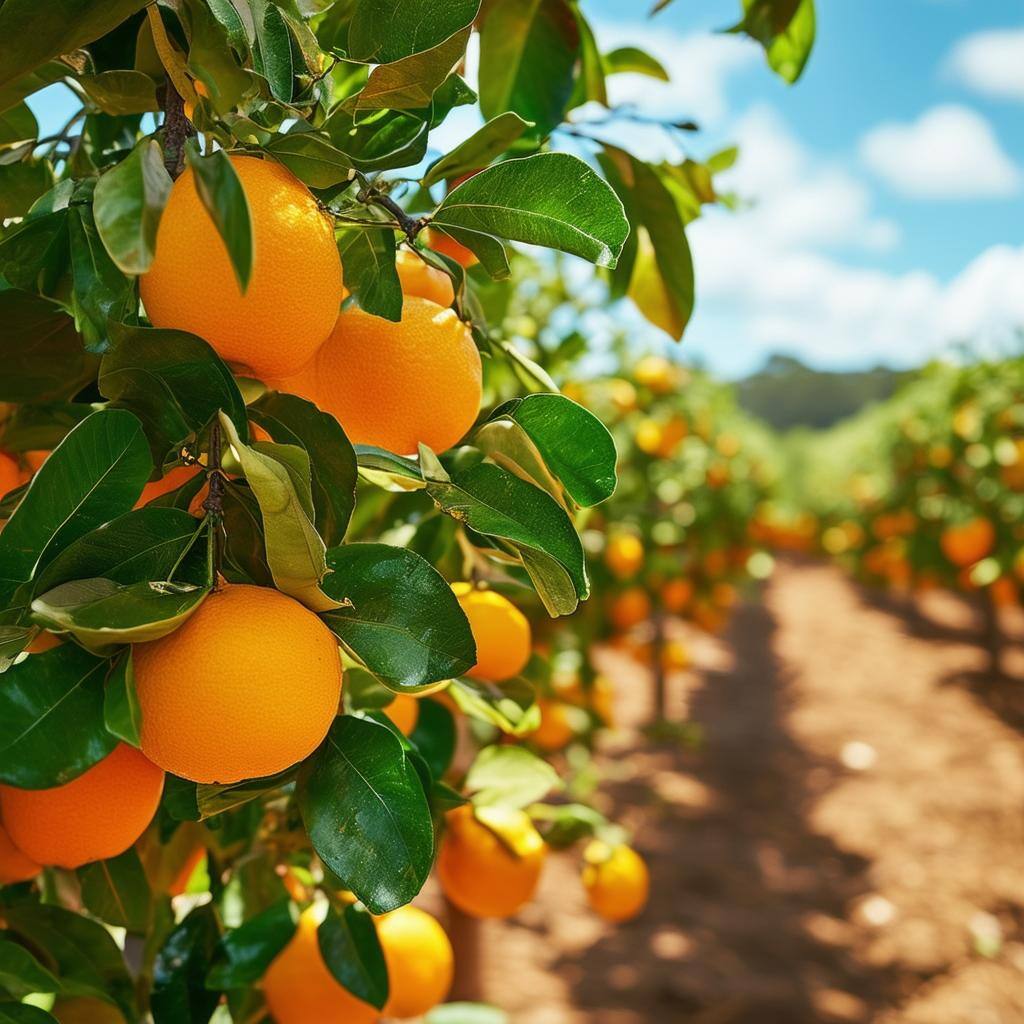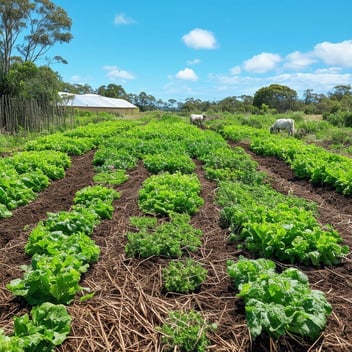Citrus in the Sunshine State: Growing Oranges, Lemons, and More
1. Introduction
Queensland's warm, sunny climate provides an ideal environment for cultivating a variety of citrus trees. From the tangy zest of lemons to the sweet juiciness of oranges, growing your own citrus fruits can be a rewarding endeavor. This guide will explore the best practices for selecting, planting, and caring for citrus trees in the Sunshine State.
2. Selecting the Right Citrus Varieties
Choosing the appropriate citrus varieties is crucial for successful cultivation. In Queensland, the following types are particularly well-suited:
-
Lemons (Citrus limon): Varieties like Eureka and Lisbon are popular choices. Eureka lemons produce fruit year-round and are well-suited to many parts of Australia. Lisbon lemons are more cold-tolerant and produce a heavy winter crop.
-
Oranges (Citrus sinensis): Navel and Valencia oranges thrive in Queensland's climate. Navel oranges are typically seedless and easy to peel, making them great for fresh eating. Valencia oranges are known for their juiciness and are ideal for juicing.
-
Mandarins (Citrus reticulata): Imperial and Emperor mandarins are favored for their sweet flavor and easy-to-peel nature. They are well-suited to Queensland's subtropical conditions.
-
Limes (Citrus aurantiifolia): Tahitian and West Indian limes are excellent choices. Tahitian limes are nearly seedless and bear fruit year-round, while West Indian limes are smaller and more aromatic.
3. Planting Citrus Trees
Proper planting sets the foundation for a healthy, productive tree.
-
Site Selection: Choose a location that receives full sun for at least six hours daily. Ensure the area is protected from strong winds, which can damage young trees and reduce fruit set.
-
Soil Preparation: Citrus trees prefer well-draining soil. If drainage is a concern, consider building a raised bed or mound to improve conditions. Incorporate well-rotted manure or compost into the soil to enhance fertility.
-
Planting Process: Dig a hole twice as wide and as deep as the root ball. Place the tree in the hole, ensuring the root collar is level with the surrounding soil. Backfill with soil, firming gently to eliminate air pockets. Water thoroughly to settle the soil.
4. Caring for Your Citrus Trees
Ongoing care is essential to maintain tree health and maximize fruit production.
-
Watering: Regular watering is important, especially during dry periods. Citrus trees have a shallow root system and can dry out quickly. Maintain consistent moisture levels, but avoid waterlogging, which can lead to root rot.
-
Fertilizing: Citrus trees are heavy feeders. Fertilize trees planted in the ground 3-4 times each year and potted citrus 6 times each year. Use a balanced fertilizer formulated for citrus to provide essential nutrients.
-
Mulching: Apply a 5-10 cm layer of organic mulch around the base of the tree, keeping it away from the trunk. Mulching helps retain soil moisture, suppress weeds, and regulate soil temperature.
-
Pruning: Minimal pruning is required. Focus on removing dead or diseased branches and any shoots emerging below the graft union. Light pruning can help maintain the desired shape and size of the tree.
5. Managing Pests and Diseases
Vigilance is key to preventing and controlling common citrus pests and diseases.
-
Pests: Watch for aphids, scale insects, and citrus leaf miners. Regular inspection and early intervention are crucial. Use organic insecticides or introduce beneficial insects to manage infestations.
-
Diseases: Fungal diseases like citrus canker and root rot can affect trees. Ensure good air circulation, avoid overhead watering, and remove any infected plant material promptly.
6. Harvesting Your Citrus Fruits
Patience pays off when it's time to harvest.
-
Timing: Citrus fruits do not ripen off the tree, so pick them when they have developed full color and flavor. Taste tests are the best indicator of ripeness.
-
Method: Use pruning shears or gently twist the fruit to avoid damaging the tree. Handle fruits carefully to prevent bruising.
7. Growing Citrus in Containers
For those with limited space, container growing is an excellent option.
-
Container Selection: Use a large pot with adequate drainage holes. Terra-cotta planters are recommended for better root health.
-
Soil Mix: Opt for a well-draining, slightly acidic potting mix. Avoid garden soil, which can compact and hinder root growth.
-
Care: Container-grown trees may require more frequent watering and fertilizing. Monitor soil moisture levels regularly and adjust care routines as needed.




